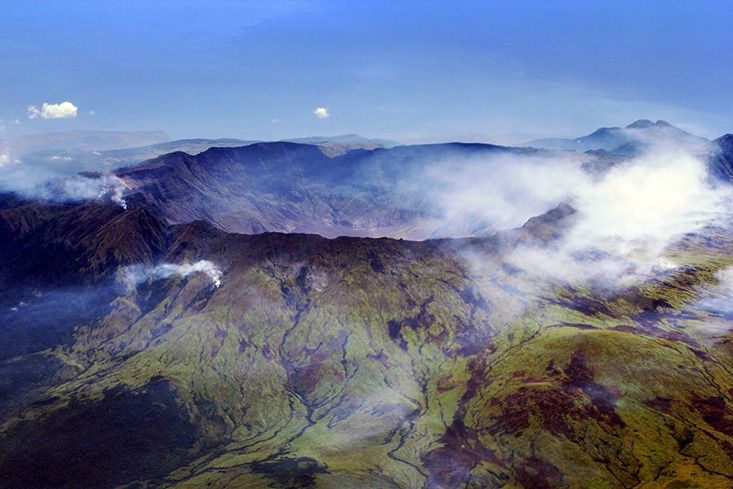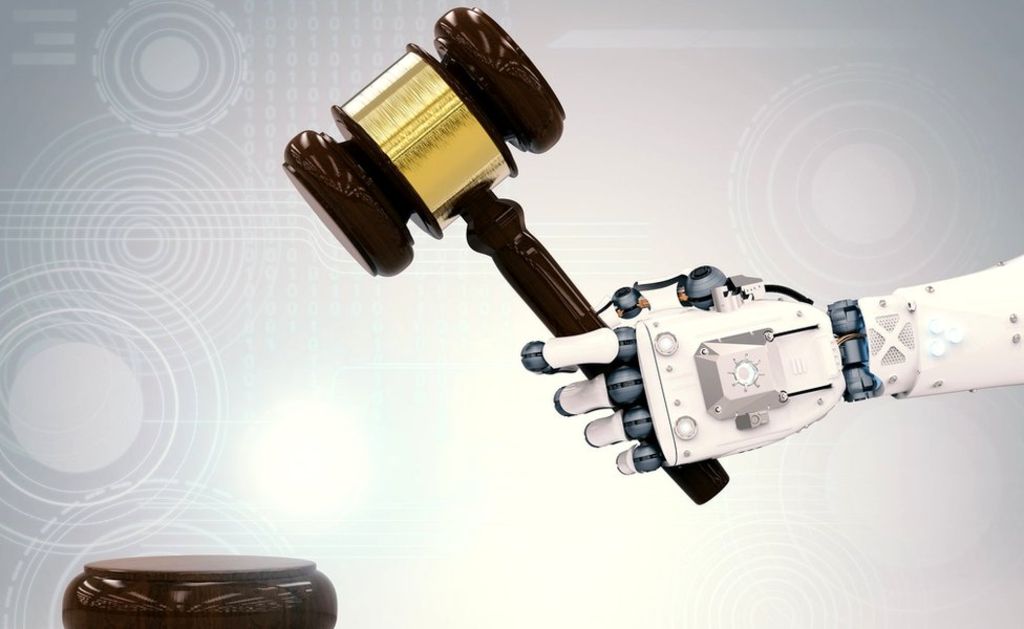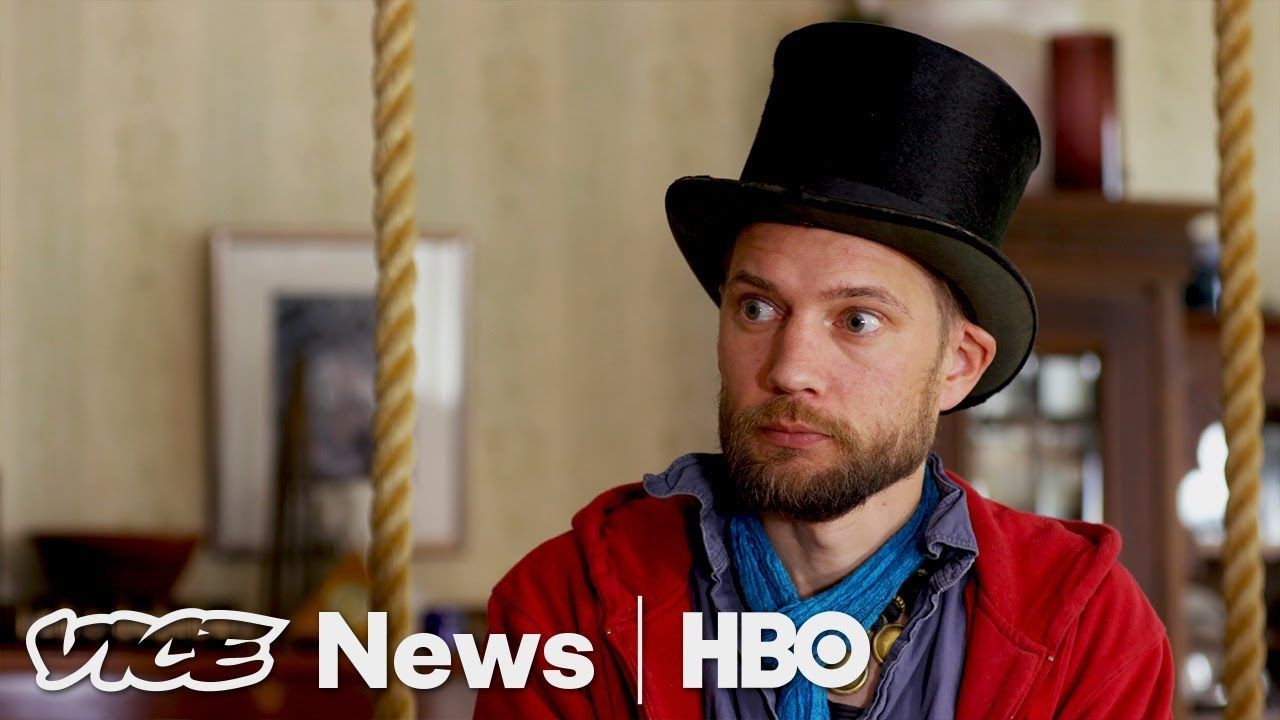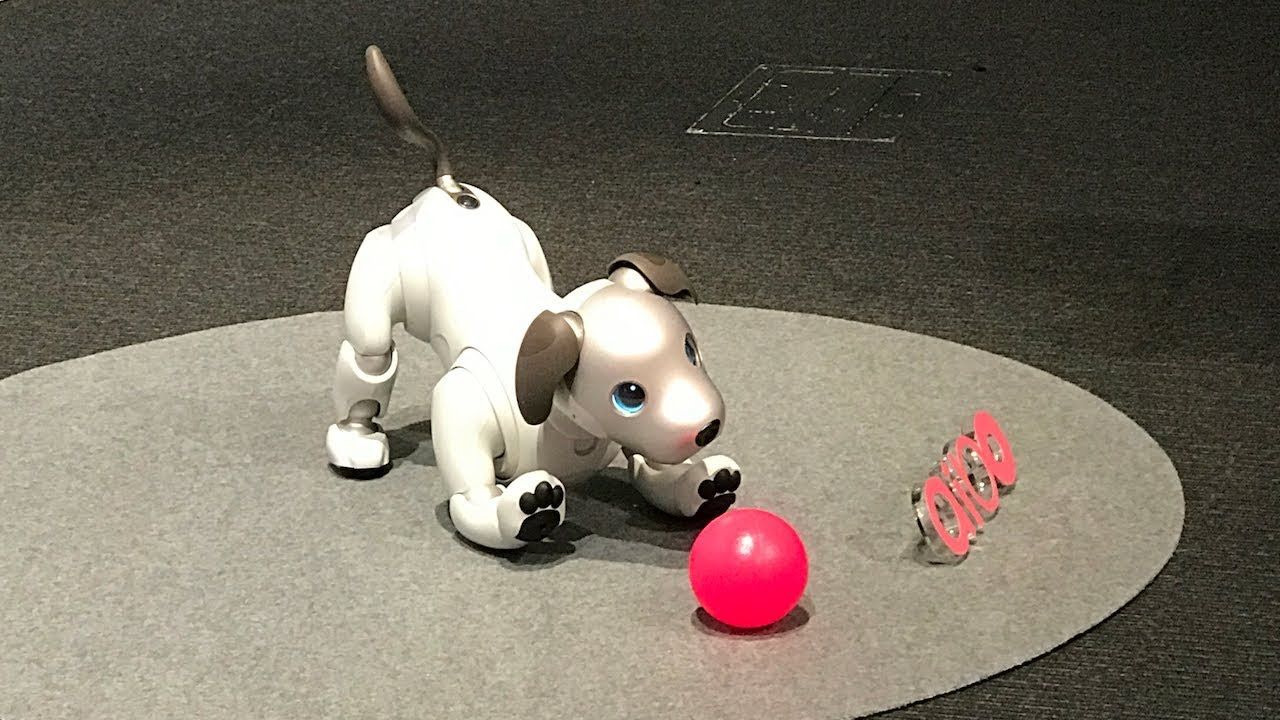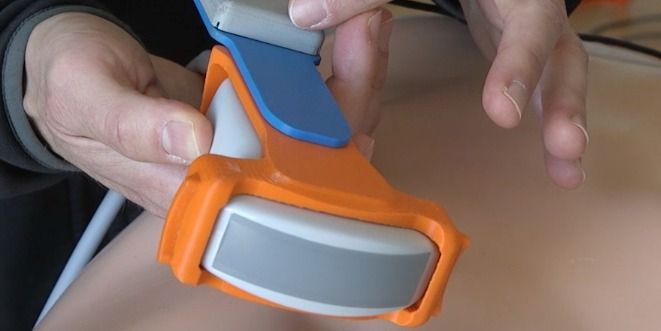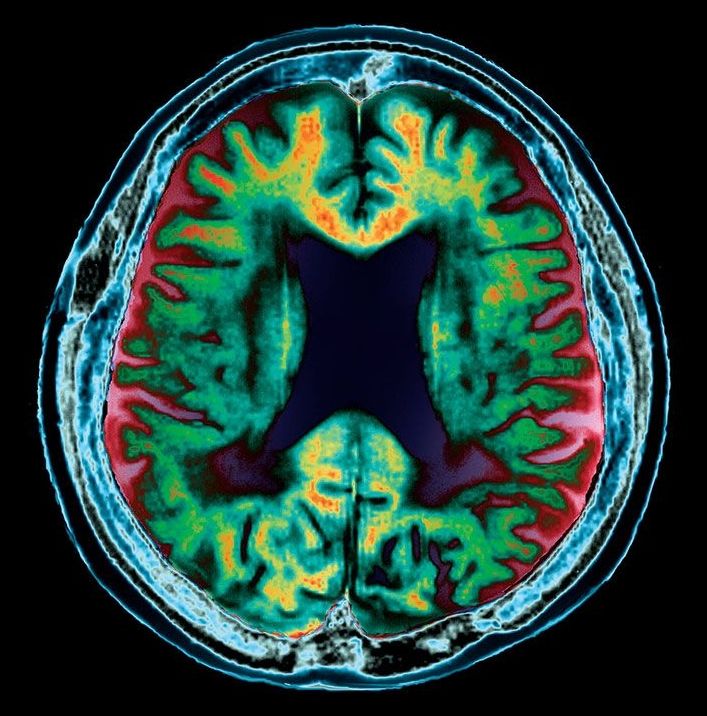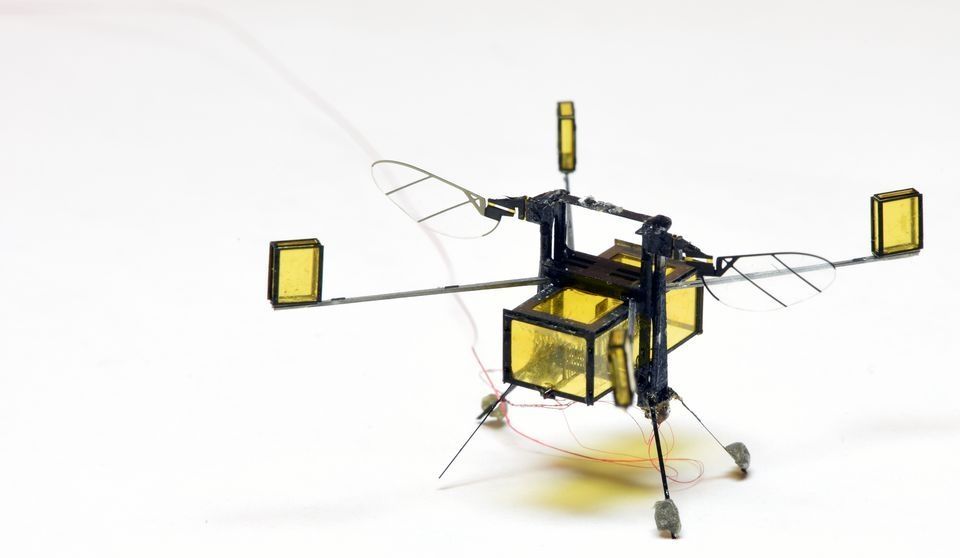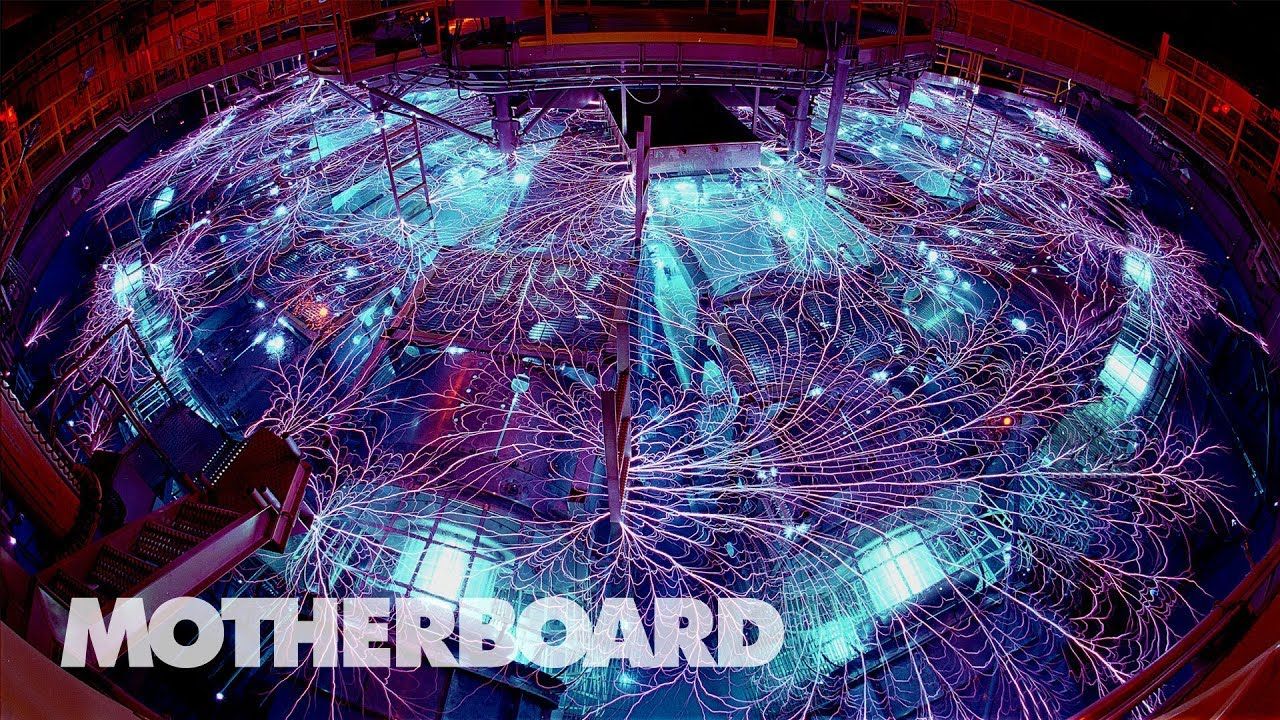The so-called “year without a summer,” 1816, was bleak, if not strangely gothic. Mount Tambora in Indonesia had erupted the year before, pitching volcanic ash into the atmosphere and obscuring the sun. Torrential rains pressed deep into the year, resulting in global crop failures. The birds quieted down by midday, as darkness descended, and for days at a time, a group of writers huddled by candlelight in a rented mansion on Lake Geneva. The dashing 23-year-old poet Percy Shelley and his 18-year-old companion, Mary, who had already taken to calling herself “Mrs. Shelley,” traveled to the lake to spend the summer with the poet Lord Byron. On the night of June 15, 1816, they read ghost stories aloud. And then, Byron suggested they each try their hand to write one.
Mary Shelley would write her stunning exegesis Frankenstein, or The Modern Prometheus in just under 11 months. She set forth to write a penny dreadful but instead wrote a stinging commentary on the times that came to her in a flash, a waking dream. A collision of forces discharged in her writing, and she produced something more than a ghost story—a “book of ideas.”
A scientist sets out to create a more perfect entity, only to have it backfire as the thing he creates gets out of control.
